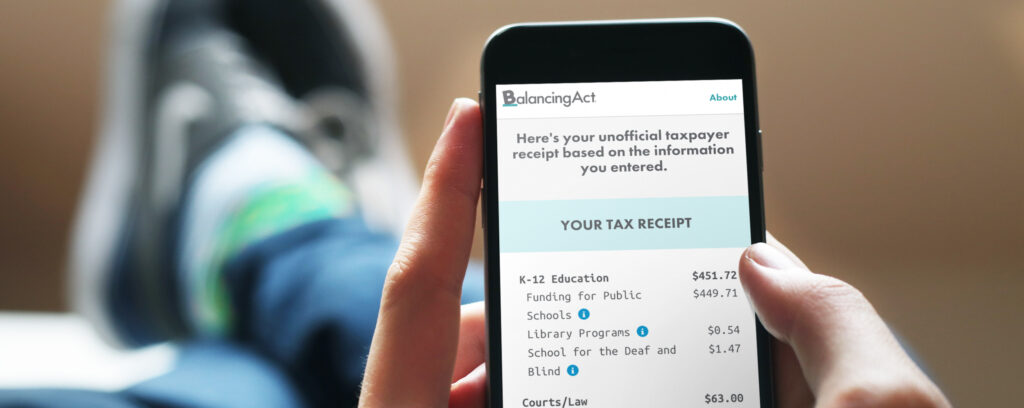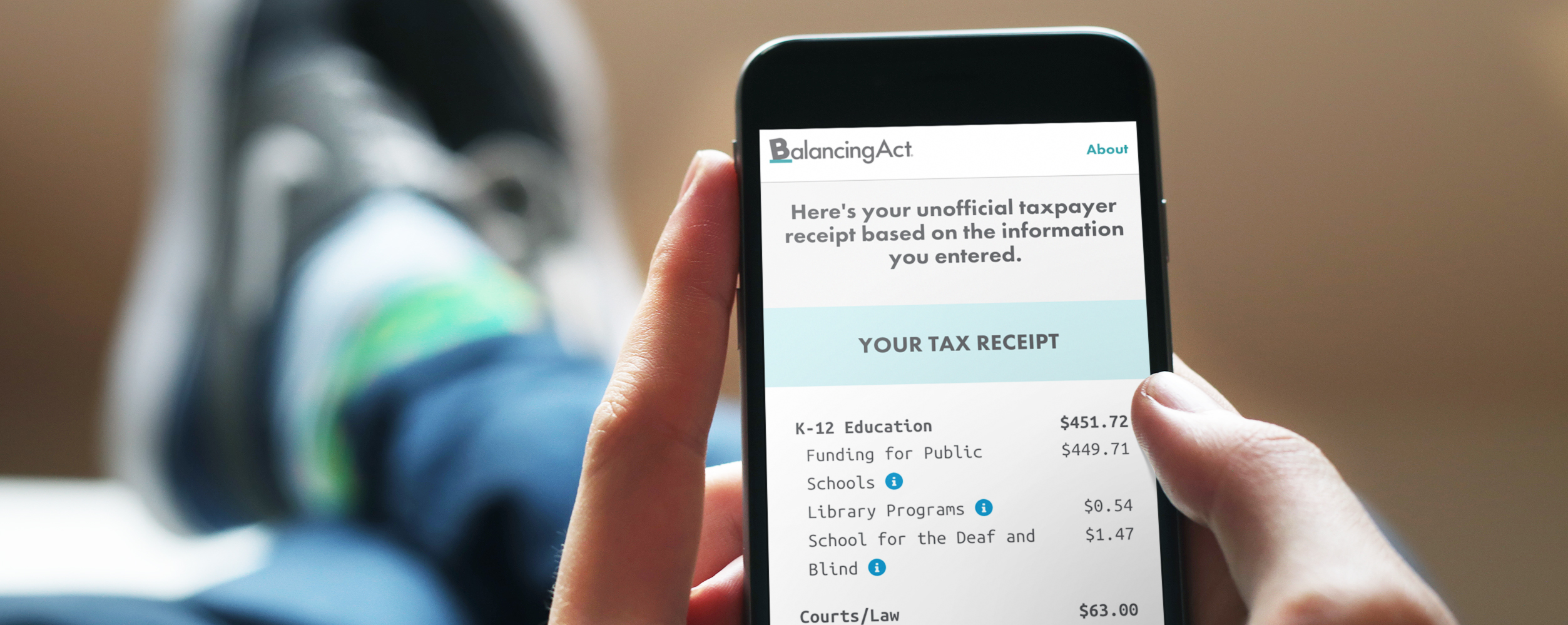
The first step, in my opinion, in productive citizen engagement is providing information and helping educate citizens about government and budgeting. This is because government is just a black box to most people. They sort of understand some of the most basic functions of government, but may not have any idea of which level of government does it. Who pays for libraries? Roads? Do I have police and a sheriff? What about fire service? What does the state even do? These are not unrealistic questions.
[youtube https://www.youtube.com/watch?v=pGNIcdfveko]Therefore, it should not be surprising the primary way the local governments engage with citizens is to push information out to them. This phase of engagement can be characterized as a one way relationship between government and citizens where government is delivering information.
Have you heard about transparency, open government, or open data? Of course you have. These efforts are all a part of this initial phase. They involve governments (local and other) making documents and information public and accessible to citizens. The goal is that citizens will learn about government and hold government accountable. So in the past that may have meant that the budget was available at the local library, now it is available online and searchable! For example, want to see know how much Charlotte’s Aviation department spent on postage? Sure! They were appropriated $40,000 in FY2016. Of course, there is no context for that and it may seem outrageous to many. That is a problem with just posting everything online. A lot of people do not know what they are looking for or how to interpret what they are seeing. I always think about this as one of those scenes in a legal drama where the defense requests a file and what they get is a room full of file boxes and papers to sort through.
Is that really transparency and engagement? I think it can be done better, but making it all public is important and valuable, I just think we can do better. Websites make a lot of this information push a lot easier. While that is great and I applaud the efforts, government needs to be mindful of how easy it is to navigate. There is evidence that having little videos that explain some of the terminology and how to navigate and find what you are looking for helps citizens a lot. This may be something you want to consider. You can also be innovative about how you present data in the first place. A great example of this is what Asheville is doing. They had originally had something similar that was done through a Code for Asheville group, but now they are hosting something pretty similar on their own website.

What I like about it is that it presents the different areas of expenditures and visually presents them based on their size. This is more effective in helping people understand the scope of expenditures and the differences in the level of program spending. It also allows the user to click on the box and dive deeper into the spending in that area. For example, above is a visualization two clicks in from the full budget. I first clicked enterprise and then water. This is a simple way to present some of this information in a digestible way. One thing that may have made it even better would be having definitions involved for those residents that do not know what enterprises are, for example. You could also link to the website of these departments or that section of the budget.
I will admit I like their old one slightly more, see a screen shot of it here:

That is because I prefer being able to quickly see how it has changed over time and by how much. However, both are good and better than what you find in most jurisdictions.
Another example of information sharing is the taxpayer receipt. The basic idea here is that you get a receipt for everything else you spend your money on; why not get one for your taxes. While I am a big believer in not treating citizens like customers, I think that this is an effective tool for making the numbers meaningful. In fact, I wrote a bulletin on the taxpayer receipt that lays out some of the arguments for it and how you could create one yourself. I show you how to create one that is static; i.e., one that you could mail to people or leave in the library or town hall. There are also dynamic ones where you can input your actual tax burdens and see what your numbers look like. Rather than having to create one yourself there are companies that will do it for you like Balancing Act (and yes that is my paper they link to).
Charlotte has taken them on and created their own tool, though they have used it as a simulation to balance the budget. Depending on how they choose to use that information Charlotte’s tool may be closer to the second phase of engagement: consultation. Which we will get to in a future blog!
Of course, there are more traditional ways of reaching out to citizens to provide information such as public access channel videos (or online videos) and budget fact sheets. Tune in next time for a quick overview of those more traditional ways of sharing budget information (and you do not even have to wait a full month—consider it a bonus!).
Final thoughts: Benefits of these information sharing tools is that they are pretty efficient. Governments can reach a lot of people and make a lot of information available. Those strategies are also relatively low cost and do not require too much effort or burden on the budget office or IT. You could just get an amazing intern to work on some of it, may I recommend a Carolina MPA student? Some problems with these strategies is that they rely on citizens actively seeking out information. You will likely not reach passive citizens, and they may represent the vast majority of citizens.





